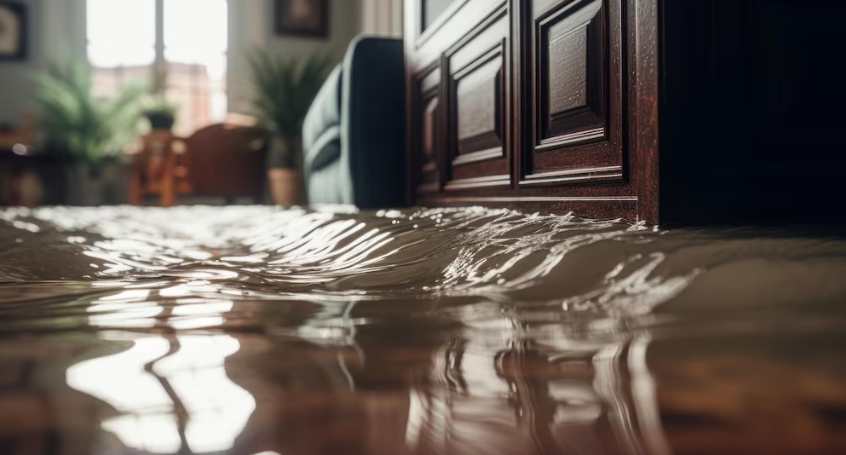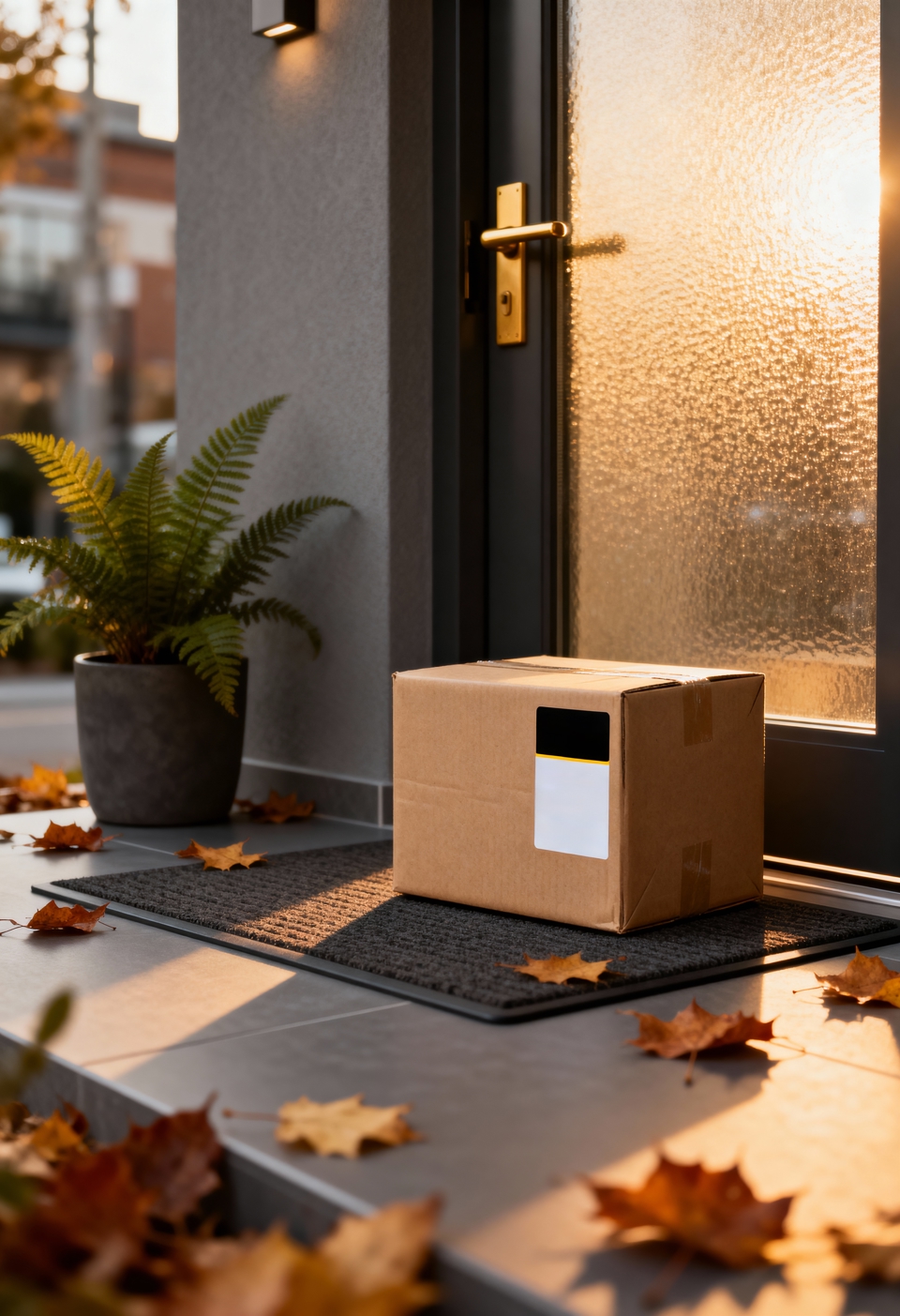Is Carpet Damage Covered By Home Insurance?
Standard Policy Exclusions
Standard homeowners' insurance policies explicitly exclude carpet damage from flooding, regardless of the water source. These policies contain specific "water damage exclusion" language that eliminates coverage for water that enters the home from ground level or below, including rising water from excessive rainfall, overflowing rivers, storm surge, or backed-up storm drains. This fundamental exclusion applies universally across all standard HO-3 and HO-5 policies in the U.S. market. The insurance industry maintains a clear distinction between "water damage" (typically covered) and "flood damage" (specifically excluded), with ground-level water intrusion firmly categorized as flooding regardless of source or severity. This exclusion remains one of the most significant coverage gaps in standard homeowners insurance.
Covered Water Damage Scenarios
While flooding receives no coverage, standard policies do cover carpet damage from certain non-flood water sources. Sudden and accidental discharge from plumbing systems, like burst pipes or overflowing fixtures, typically receives coverage for resulting carpet damage. Water entering through roof leaks caused by storm damage generally qualifies for carpet protection. Extinguishing water from firefighting efforts receives coverage as part of the fire peril protection. These covered water scenarios share a common characteristic—the water originates from above ground level or within the home's systems rather than rising from outside ground-level entry points.
Flood Insurance Protection
Dedicated flood insurance provides the only effective coverage for carpet damage from flooding events. The National Flood Insurance Program (NFIP) offers policies specifically covering flood damage, including carpet destruction. NFIP policies typically cover built-in carpeting (permanently installed over unfinished floors) at replacement cost value under building coverage. Non-permanent carpeting receives coverage under contents protection, usually at actual cash value with depreciation applied. Private market flood insurance alternatives sometimes offer enhanced carpet coverage, potentially including full replacement cost for contents and higher coverage limits than NFIP policies. This specialized insurance represents the only avenue for protection against flood-damaged carpeting.
Claims Documentation Requirements
Successful carpet claims require specific documentation approaches depending on the water source. For covered water damage, documentation should establish the water's origin point from a covered source, like a burst pipe or roof leak. Photographic evidence showing water flowing from these sources strengthens coverage positions. For flood insurance claims, documentation must verify the flooding event through weather reports, community flooding records, or photographs showing water entry at ground level. Regardless of policy type, thorough documentation of carpet condition before replacement, including age, quality, and square footage, significantly impacts claim outcomes. Professional cleaning attempts should be documented before replacement to demonstrate mitigation efforts.






